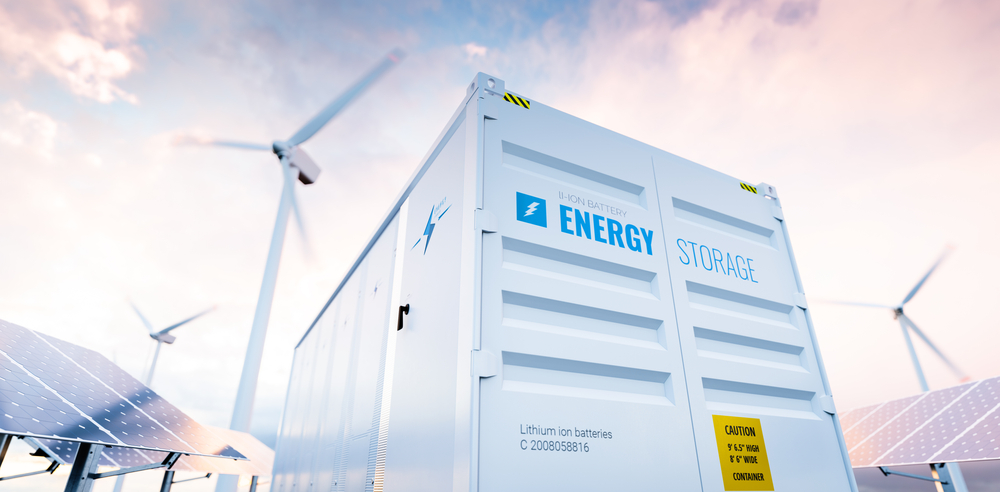Low emissions are high on the agenda for energy companies in 2022. The gas and oil industry faces huge pressure to cut the carbon emissions produced by its operations. An answer to this challenge could be renewable microgrids.
When companies extract fossil fuels, particularly in remote areas, they usually burn fossil fuels to power their operations. This doesn’t add to their bottom line, but it does add to their emissions output, which hurts their profitability and, increasingly, their public image.
Nowadays, however, one way to solve the issue is to power the extraction process using renewable energy and batteries. Creating a renewable microgrid using monitoring and control systems designed for the renewables sector can complement and add value to oil and gas operators.
Why a renewable microgrid?
Microgrids are increasingly critical when it comes to supplying reliable power to remote sites, and for the maximization of renewables penetration. Off-grid benefits include low energy costs and fuel use, continuous power quality, uninterrupted availability of energy, and maximized battery lifetimes. Grid-connected benefits include lower costs, revenue stacking streams, backup power and peak load shaving to avoid excess load charges.
In addition, cost reductions in technologies such as solar PV and Battery Energy Storage Systems have made renewable microgrids more cost-effective than fossil fuel generation in a growing number of off-grid and grid-connected situations. As a result, the microgrid market is expanding.
An ever-growing market
According to a report by analyst firm Technavio, the microgrid market will have grown $19.5 billion between 2020 and 2025, a compound annual growth rate of almost 13%.
This growth is being driven by government targets, developments in technology, and companies seeking greater control of energy costs, as well as improving security of supply.
While renewable microgrids are already gaining traction in sectors such as mining, oil and gas operators are only starting to see the advantages. But the sector is waking up to the microgrid opportunity.
Advantages to the oil and gas sector
Inaccess, for example, has recently installed a microgrid control system and an energy management system at an oil and gas project in Tunisia that is powered by PV and battery storage as well as gas.
This off-grid PV and battery storage plant was installed in partnership with a European supermajor. Built near the production plant, the microgrid produces up to 5 MW of solar energy, reducing gas consumption.
The microgrid includes a 2.2 MW, 1.5 MWh battery storage system that facilitates the integration of solar power with existing gas turbines, ensuring optimization of operating costs. Using solar power to run the production facility not only saves money but also helps to cut the carbon footprint of the site.
Adding value and expertise
Such implementations are expected to be on the rise, with McKinsey & Company noting that “sustainable design is a significant decarbonization lever for upstream oil and gas operations.”
But microgrid operations are not straightforward, requiring complex, real-time management of energy flows between renewable generation sources, fossil fuel generators and storage assets.
For this reason, it pays to build microgrids around a powerful, flexible management platform such as Inaccess Unity, which coordinates output from gas turbines, diesel gensets, PV and battery storage to boost solar penetration, manage power reserves and provide advanced load shedding.
Want to know how we can help you monitor and control your microgrid infrastructure?



